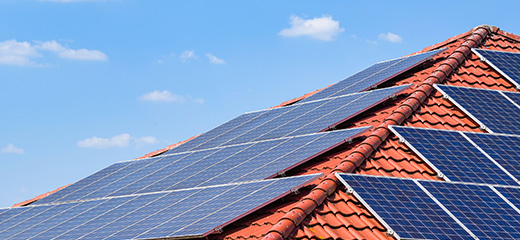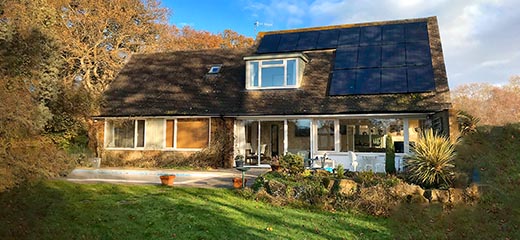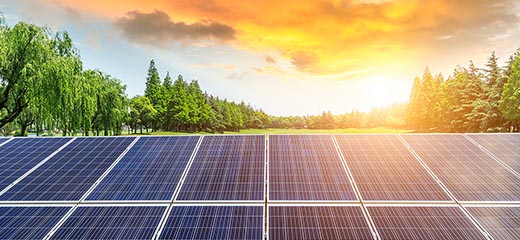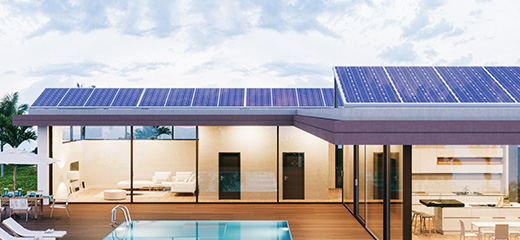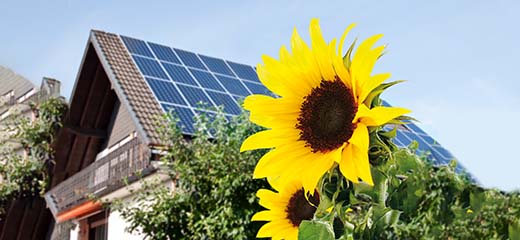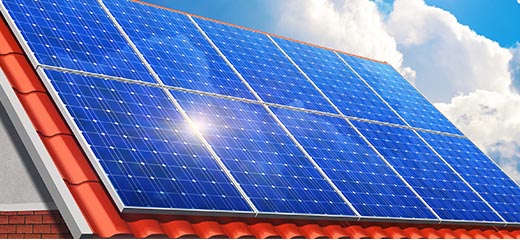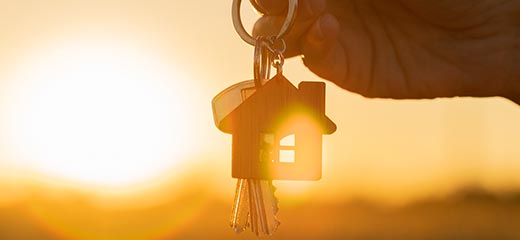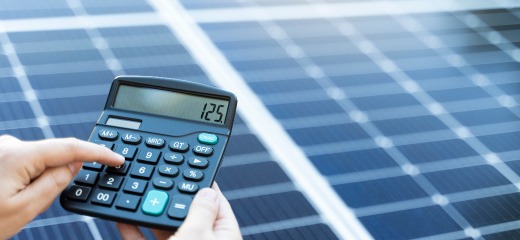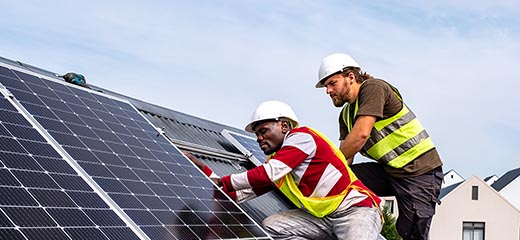
Best conditions for home solar systems
As loadshedding reaches record-breaking levels, South Africans are looking to solar systems for relief from rolling blackouts and rising electricity prices. But before you start looking at prices, it’s important to consider whether the conditions of your home are optimal for a solar installation.
Marc du Plessis, executive head of LookSee.co.za, explains:
To help households make informed decisions about a solar investment, LookSee developed South Africa’s first, free-to-use Solar Score for residential properties. The user-friendly system uses a physical address to evaluate your home and present you with a Solar Score out of 100, optimal roof area, average days of sunlight, electricity generation potential and how much you could save on your electricity bill.
So what conditions are required for a solar system to function at its best? Du Plessis says there are five elements that have the biggest impact:
- Roof Direction: For homes in South Africa, a north-facing roof is considered ideal for solar panels. By facing north, panels receive direct sunlight throughout the day, maximizing their energy generation potential. While solar panels can still be installed on east or west-facing roofs, their efficiency may be slightly lower. It's worth noting that south-facing roofs are generally unsuitable for solar panels in the Southern hemisphere.
- Roof angle: Homes with pitched roof provide little opportunity for optimising the angle for maximum sunlight absorption. Flat roofs, on the other hand, make use of mounting structures and frames and these should ideally be angled between 30 to 45 degrees.
- Shade: Solar panels need access to direct sunlight to generate electricity. This means that nearby obstructions such as trees, buildings, mountains or other structures can hamper your solar system’s efficiency. If you are unable to remove or minimise the areas of shade, you may need to consider installing your solar system on one of the east or west facing sides of the roof or a free-standing installation elsewhere on the property.
- Size matters: The available roof space on the optimal sides plays a crucial role in determining the potential generation capacity of a solar system. This means that larger roofs will allow for more solar panels to be installed, which will result in higher electricity generation. If the roof space is limited, you can explore options such as using higher-efficiency panels or selecting more smaller panels to cover the available space.
- Solar irradiation: Photovoltaic emissions or solar irradiation refers to the power of the sunlight an area receives and can be converted into electricity. While the Northern Cape scores highest, the rest of the country typically experiences generous levels of solar irradiation.
It’s worth noting that a perfect Solar Score of 100 is rare, despite South Africa’s advantageous location and weather conditions.
LookSee's Solar Score currently covers freestanding homes in most cities across the country. Efforts are underway to expand the coverage to include all towns and cities in South Africa and include sectional title properties.
To see the Solar Score's coverage map, click here.
The LookSee Solar Score provides insights into your roof’s potential to generate electricity and save money.
